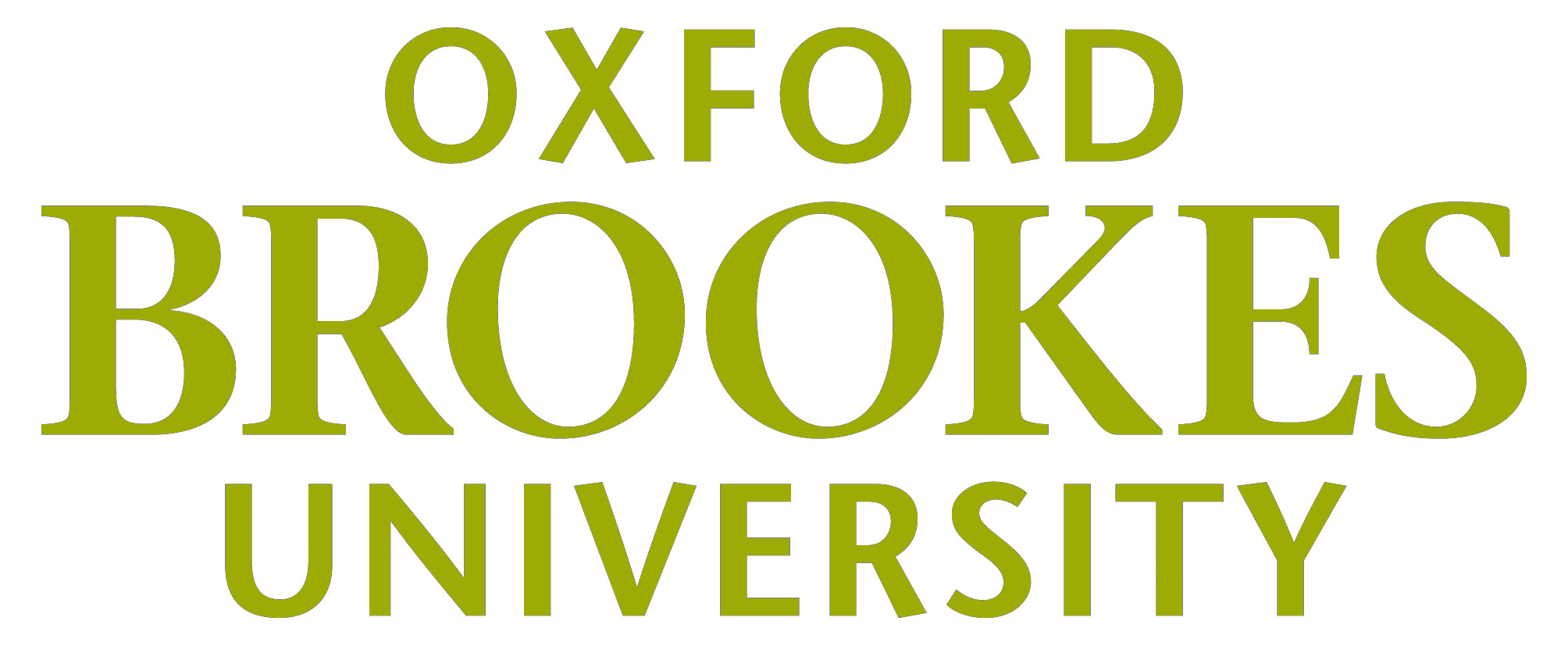|
Size: 2931
Comment: New closing date.
|
Size: 2934
Comment:
|
| Deletions are marked like this. | Additions are marked like this. |
| Line 5: | Line 5: |
| The aim of this project is to construct a metabolic model of the representative acetogen, ''Acetobacter woodii''. This has been sequenced and an initial annotation performed. In addition, the unusual means by which it extracts a yield of ATP from the reduction of 1C compounds via an Na-dependent ATPase has been elucidated. | The aim of this project is to construct a metabolic model of the representative acetogen, ''Acetobacterium woodii''. This has been sequenced and an initial annotation performed. In addition, the unusual means by which it extracts a yield of ATP from the reduction of 1C compounds via an Na-dependent ATPase has been elucidated. |
Modelling Acetogen Metabolism
There is currently much interest in expanding the range of organisms used in industrial biotechnology and the range of products made with them, both at the low value end for biofuels and the mid-value range of chemical feed-stocks. One option, of broad application, is to use one carbon precursors, such as syngas (CO, CO2 and H2) or waste gases from e.g. steel plants. These can be exploited by organisms such as the acetogens, which use the Woods-Ljungdahl pathway to convert 1C compounds to acetate and other low-value products. These organisms would need to be engineered to produce more complex, higher value products, but a limitation is that their metabolism has not been extensively studied. Since a number of the acetogens have now been sequenced, the possibility arises of modelling their metabolic networks with the emerging technique of genome-scale metabolic modelling. This can determine the metabolic capabilities encoded in the genome, and be used as a tool to design modifications to produce novel products whilst maintaining the viability of the organism. The aim of this project is to construct a metabolic model of the representative acetogen, Acetobacterium woodii. This has been sequenced and an initial annotation performed. In addition, the unusual means by which it extracts a yield of ATP from the reduction of 1C compounds via an Na-dependent ATPase has been elucidated.
The project is a collaboration with Biosyntha Technology Ltd

Studentship applications now open
There is a BBSRC 4 year PhD iCASE studentship available for this project from January 2015. Full funding (fees and bursary) is only available for qualified UK citizens and EU citizens normally resident in the UK. Fees-only funding is available for qualified non-resident EU citizens. (BBSRC's eligibility criteria are given in a document downloadable from their research studentship pages.
The project will include a placement at BioSyntha's laboratories to collect data relevant to the metabolic modelling.
Applications should be made by following the instructions at FindaPhD.com or Oxford Brookes University. The application form can also be downloaded from here, but do please read the instructions first. The closing date is 28 November 2014.


Project flyer
Download the project details as a pdf.